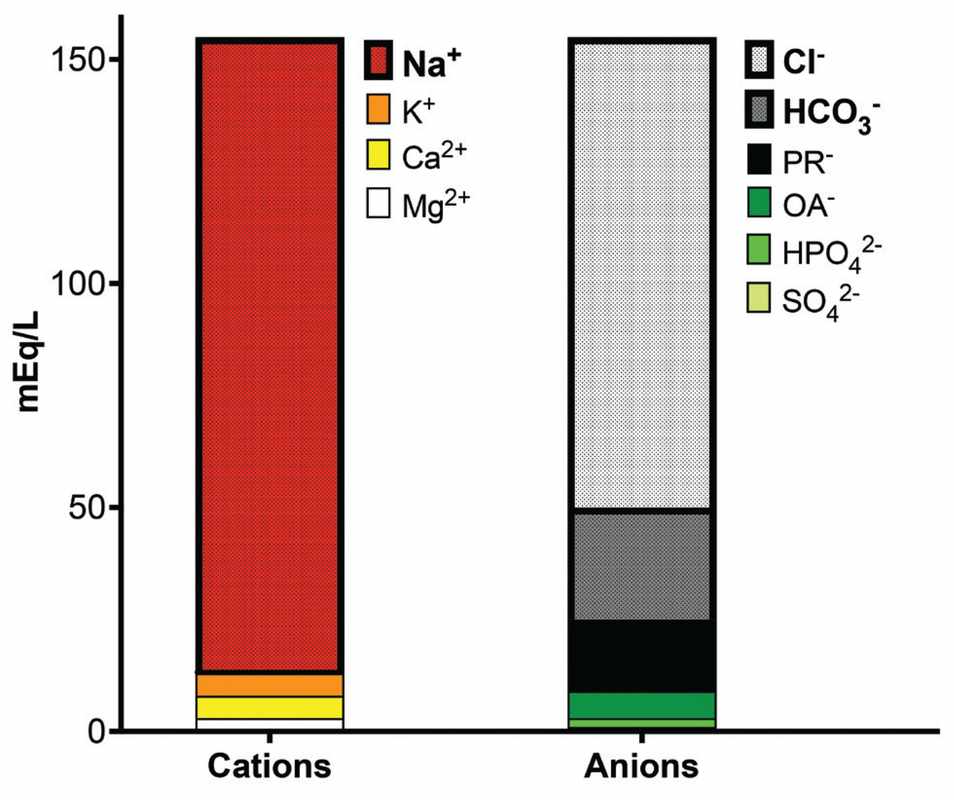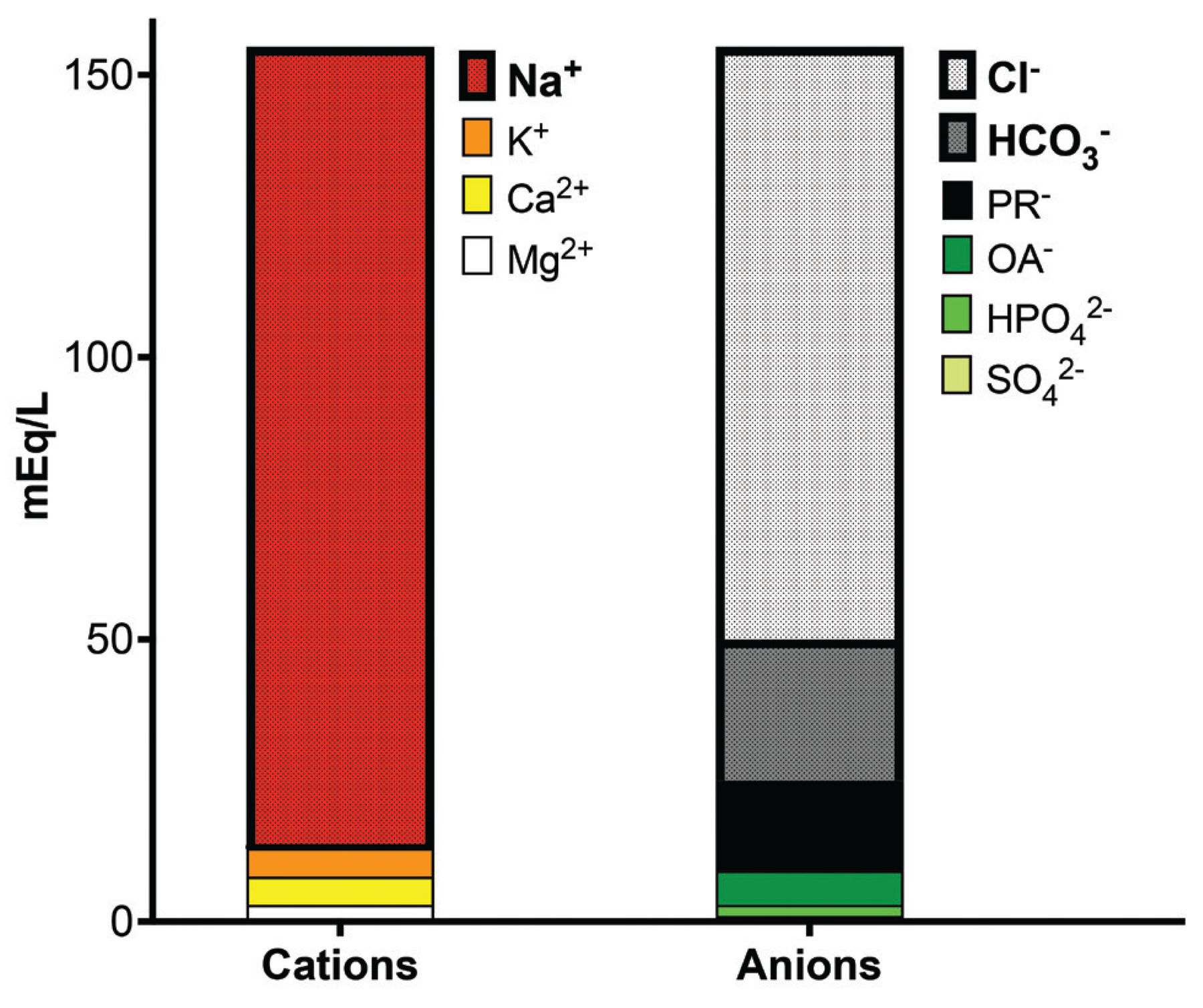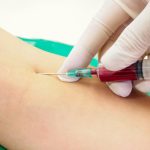Your body’s delicate balance of ions is crucial for maintaining overall health, and one key player in this intricate dance is the anion gap serum level.
Anion Gap Serum Levels: Normal Range
In this post, we’ll delve into the world of anion gap serum levels, exploring what they are, why they matter, and what constitutes a normal range. Whether you’re a healthcare professional or simply someone looking to better understand your body’s inner workings, this information is essential for making informed decisions about your health.
What is an Anion Gap Serum Level?
An anion gap serum level refers to the difference between the levels of positively charged ions (cations) and negatively charged ions (anions) in a patient’s blood. This critical balance is maintained through the kidneys, which filter out excess ions and regulate their levels.
When an ion gap – the difference between cations and anions – widens beyond normal parameters, it can signal underlying conditions such as kidney disease, electrolyte imbalances, or even life-threatening complications like sepsis. In this section, we’ll explore what constitutes a normal range for anion gap serum levels.

Your body’s delicate balance of ions is crucial for maintaining overall health, and one key player in this intricate dance is the anion gap serum level.
Anion Gap Serum Levels: Normal Range
In this post, we’ll delve into the world of anion gap serum levels, exploring what they are, why they matter, and what constitutes a normal range. Whether you’re a healthcare professional or simply someone looking to better understand your body’s inner workings, this information is essential for making informed decisions about your health.
What is an Anion Gap Serum Level?
An anion gap serum level refers to the difference between the levels of positively charged ions (cations) and negatively charged ions (anions) in a patient’s blood. This critical balance is maintained through the kidneys, which filter out excess ions and regulate their levels.
When an ion gap – the difference between cations and anions – widens beyond normal parameters, it can signal underlying conditions such as kidney disease, electrolyte imbalances, or even life-threatening complications like sepsis. In this section, we’ll explore what constitutes a normal range for anion gap serum levels.
Normal Range: A Crucial Factor
The normal range for anion gap serum levels is typically between 3-11 mmol/L (millimoles per liter). This range may vary slightly depending on the laboratory and the patient’s age, sex, and other factors. However, in general, a level outside this range can indicate an underlying condition or disease.
For instance, if your anion gap serum level is significantly higher than normal (greater than 11 mmol/L), it may be a sign of uncontrolled diabetes, dehydration, or certain medications like diuretics. On the other hand, a lower-than-normal level (less than 3 mmol/L) could indicate conditions such as kidney disease, electrolyte imbalances, or certain medications.
It’s essential to note that anion gap serum levels can fluctuate depending on various factors, including patient age, sex, and underlying medical conditions. For example, older adults may have a higher normal range due to changes in their kidneys’ function with aging.
Accurate interpretation of anion gap serum levels requires careful consideration of these factors as well as the patient’s overall health status. If you’re concerned about your anion gap serum level or have questions about its significance, consult with your healthcare provider for personalized guidance.
What’s Next?
In our next section, we’ll explore the potential consequences of abnormal anion gap serum levels and what steps can be taken to address them. Whether you’re seeking answers as a patient or looking to enhance your understanding of this critical health marker, stay tuned for more insights.
Your body’s delicate balance of ions is crucial for maintaining overall health, and one key player in this intricate dance is the anion gap serum level.
Anion Gap Serum Levels: Normal Range
In this post, we’ll delve into the world of anion gap serum levels, exploring what they are, why they matter, and what constitutes a normal range. Whether you’re a healthcare professional or simply someone looking to better understand your body’s inner workings, this information is essential for making informed decisions about your health.
What is an Anion Gap Serum Level?
An anion gap serum level refers to the difference between the levels of positively charged ions (cations) and negatively charged ions (anions) in a patient’s blood. This critical balance is maintained through the kidneys, which filter out excess ions and regulate their levels.
When an ion gap – the difference between cations and anions – widens beyond normal parameters, it can signal underlying conditions such as kidney disease, electrolyte imbalances, or even life-threatening complications like sepsis. In this section, we’ll explore what constitutes a normal range for anion gap serum levels.
Normal Range: The Key to Understanding
The normal range for anion gap serum levels varies depending on the laboratory and the specific test used. Generally, a normal anion gap is considered to be between 3-11 mmol/L. However, it’s essential to consult with your healthcare provider or refer to the laboratory’s reference ranges for more accurate information.
What’s Next?
In our next post, we’ll delve deeper into the significance of anion gap serum levels and how they can impact your overall health. We’ll explore common scenarios where anion gap testing may be necessary, as well as what you can do to maintain a healthy balance in your body.
Conclusion
In conclusion, understanding anion gap serum levels is crucial for diagnosing and managing various health conditions. By grasping the normal range of this critical parameter, you’ll be better equipped to make informed decisions about your health and work with your healthcare provider to maintain a delicate balance that keeps your body thriving.
Allergy eye drops at cvs where to buy and more: Suffering from itchy, red eyes? Find out where to buy allergy eye drops at CVS and get expert tips on how to relieve your symptoms. Read now and say goodbye to pesky allergies!
Star interview questions for customer service questions and best answers: Nailing a customer service job just got a whole lot easier! Get ready to ace your next interview with our expert guide on the top customer service interview questions and answers. Start practicing now!




